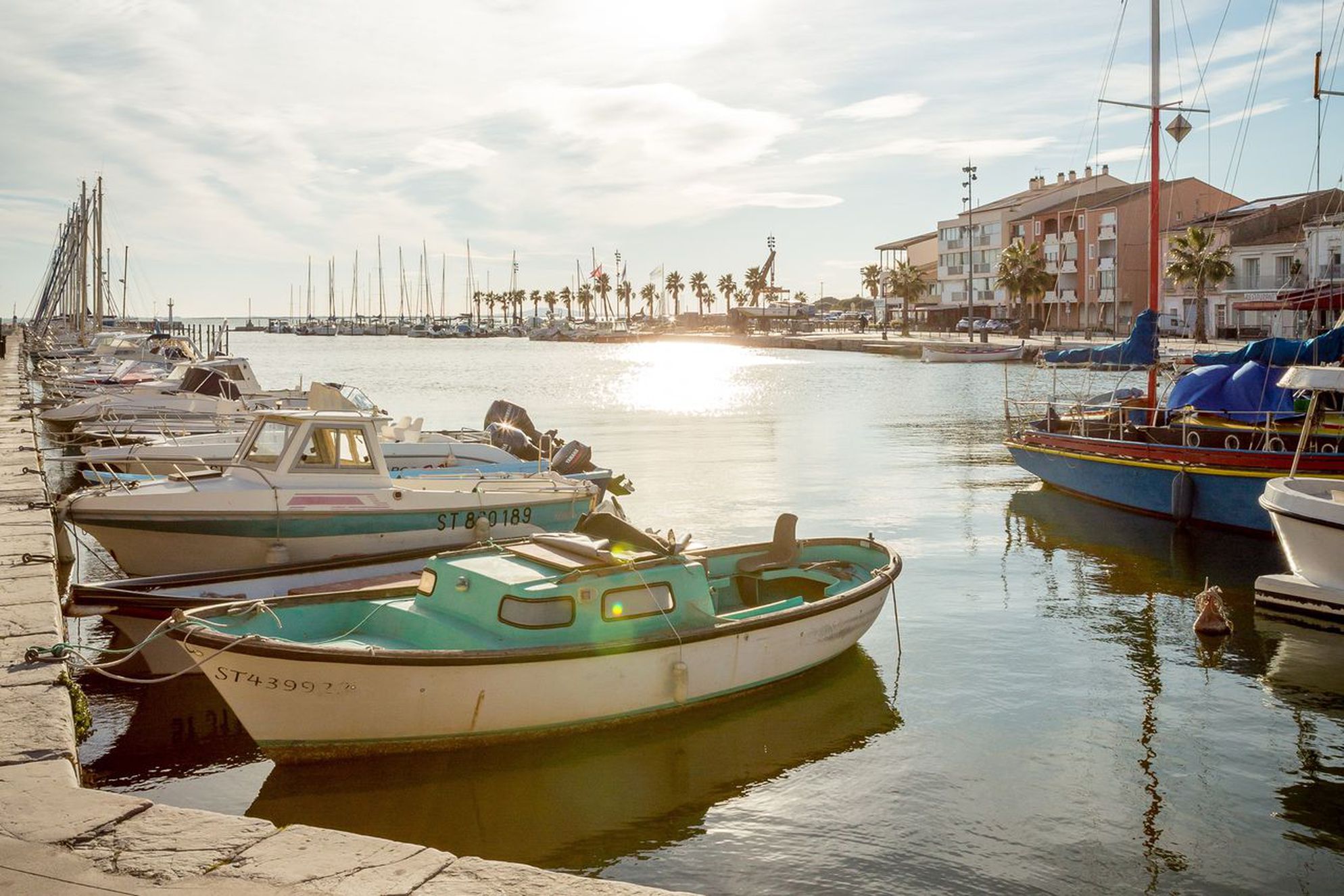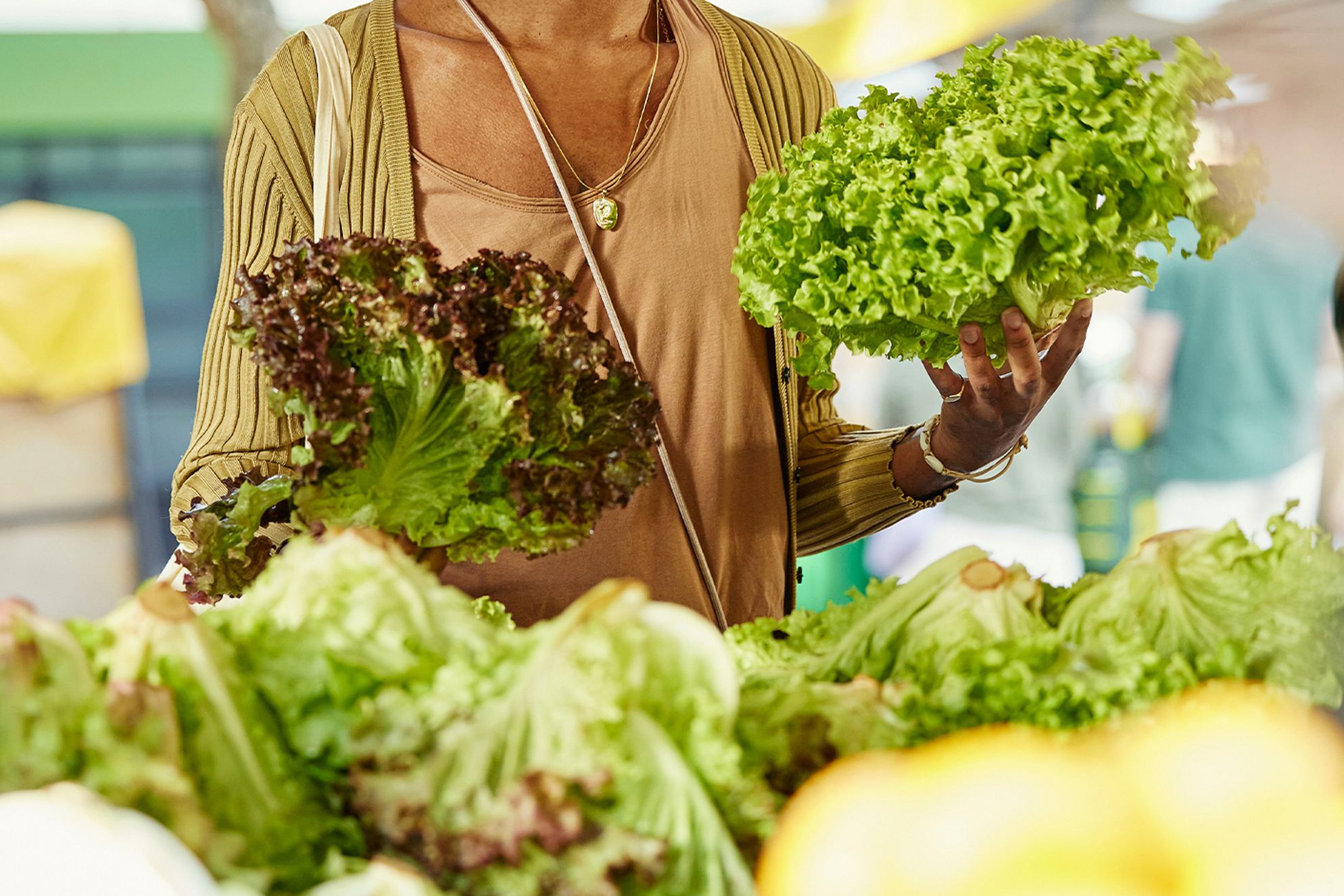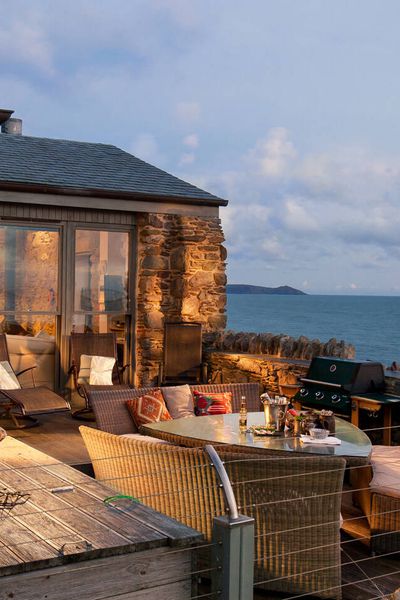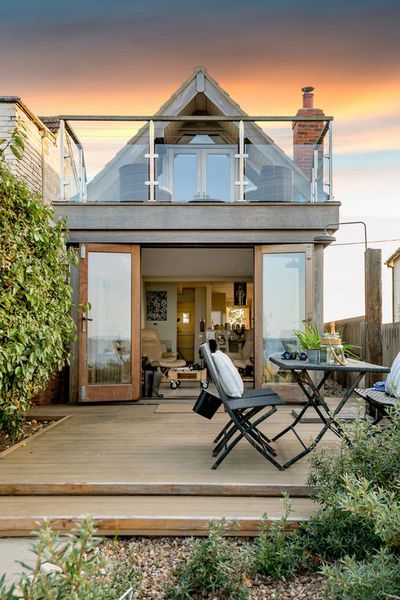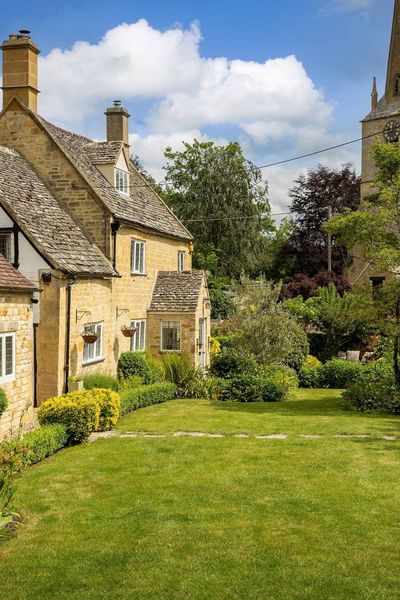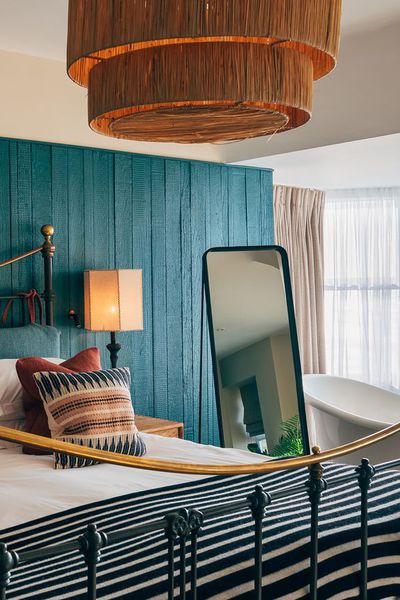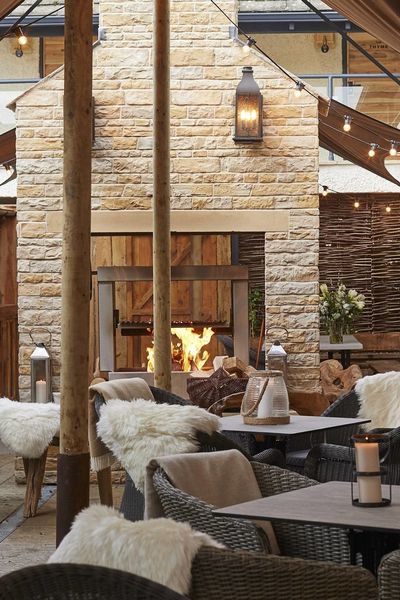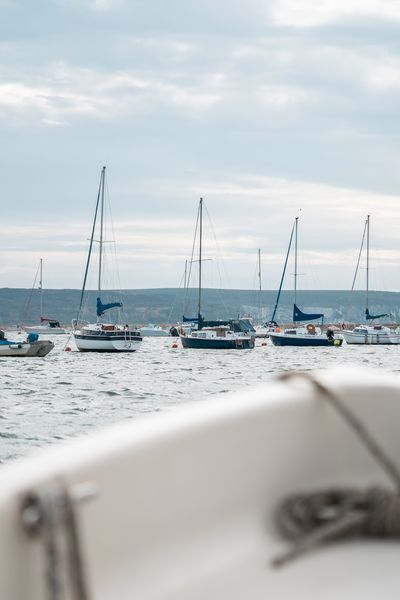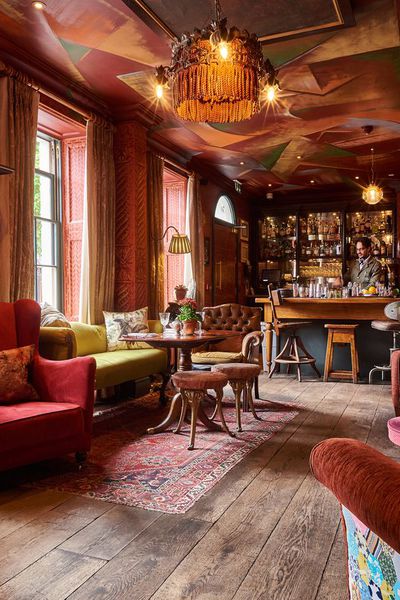Getting around
For me, Spring is the best time to visit, with the weather more pleasant, landscapes in bloom and far fewer people around. September and October bring the harvest season, it’s still warm and there are fewer tourists than summer, although if you do come in summer you’ll find lots of lively festivals taking place, which can make the crowds worth braving. It’s a great place for biking and walking, with the Canal du Midi path, vineyards trails, and coastal paths, as well as the GR long-distance footpaths and places like the Cévennes National Park.
Getting there
By Train:
Eurostar London to Paris then transfer to Gare de Lyon by either RER D train towards Melun or Malesherbes, or Metro line 4 to Châtelet, change at Châtelet to line 14 TO Gare de Lyon. Possible onward journeys include Montpellier (3h30) and Beziers (4h), from which taxis or buses can take you to smaller towns and rural locations.
By Ferry:
Unless you have a very long time to kill, this is not the way to get to Languedoc from the UK!
By plane:
Beziers, Montpellier and Nîmes, served by many UK airports, are the most likely entry points. You can rent a car from major cities of course, but be aware of narrow roads in rural areas and parking limitations in old towns.

